Conocarpus, also known as buttonwood, is an attractive ornamental plant that can be cultivated for hedges, screens, focal points, and erosion control. This salt-tolerant evergreen is native to tropical and subtropical regions but can be grown in warmer temperate climates as well. Conocarpus offers unique foliage and is relatively low-maintenance once established, making it a great choice for warm gardens. Read on to learn how to successfully grow Conocarpus plants.
Some key benefits of the Conocarpus plant include:
- Attractive silvery green leaves with silver undersides
- Tolerates various soil types, salinity, drought, and wind
- Requires little pruning or shaping once mature
- Provides privacy screening and dense windbreaks
Growing Conditions
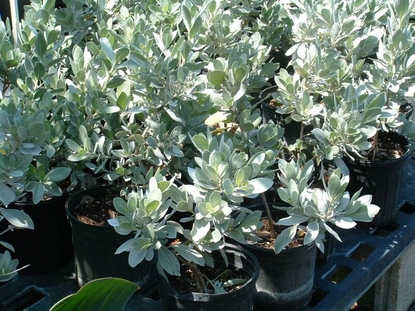
Climate and Location:
Conocarpus thrives in USDA zones 9-11 but can tolerate zone 8 with protection. It prefers warm, sunny locations and humid environments. In marginal climates, situate Conocarpus in sheltered microclimates against south-facing walls.
Sunlight Needs:
Conocarpus requires full sun to partial shade. At least 6 hours of direct sun daily ensures the best growth and flowering.
Soil Needs:
Conocarpus is adaptable to various soil types including sand, loam and clay. It prefers slightly acidic to alkaline soil with a pH of 6.1-7.8. Well-draining soil is essential to prevent root rot.
Watering Needs:
Established Conocarpus plants are quite drought resistant but regular watering helps growth and appearance. Allow soil to partly dry out between waterings. Soak the entire root zone then allow excess water to drain off.
Planting Conocarpus
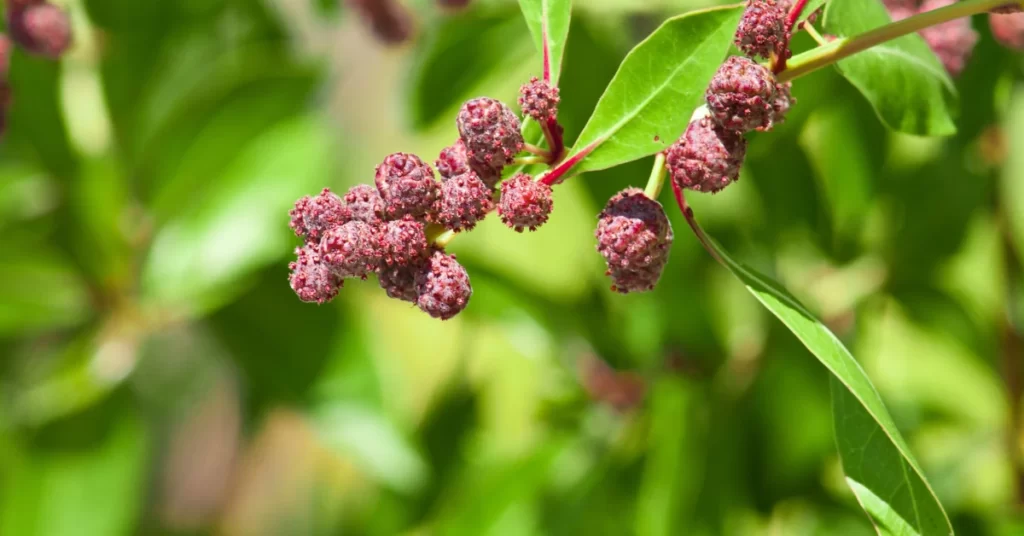
Choosing a Variety:
Common varieties include Conocarpus erectus (green buttonwood), Conocarpus erectus sericeus (silver buttonwood), and Conocarpus erectus var. sericeus (dwarf silver). Consider mature height when choosing.
Sourcing Plants:
Purchase young Conocarpus plants from reputable nurseries after the last frost passes. For a cheaper option, start from seeds indoors 8-12 weeks before last frost.
Preparing Planting Site:
Select a site with full sun and well-draining soil. Dig a hole 2-3 times the width of the root ball. Mix compost into the soil to enrich it. Space multiple plants 6-15 feet apart depending on mature width.
Planting Process:
Carefully remove the plant from its nursery pot, loosen roots, and place it in the hole. Partly fill the hole, tamp down the soil, then water thoroughly to settle it.
Caring for New Plants:
Water young plants daily for several weeks until established. Apply mulch around the base to retain moisture. Stake tall varieties if needed.
Ongoing Care
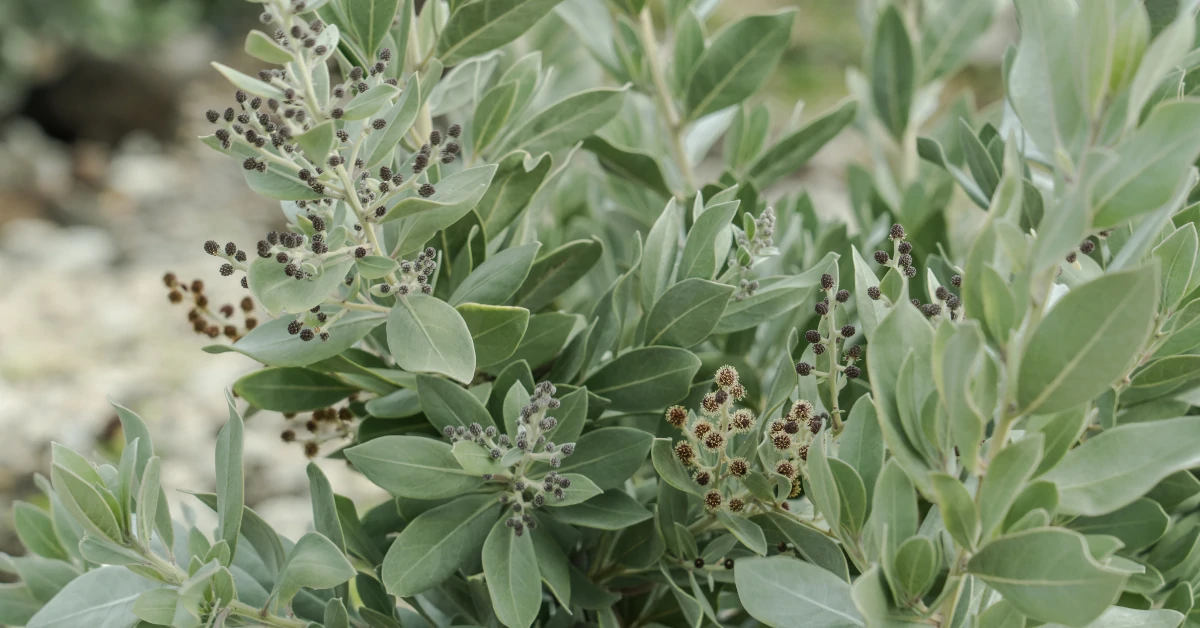
Pruning and Shaping:
Prune lightly in early spring to shape as desired. Avoid heavy pruning of mature plants. Trim off frost damaged branches in winter if needed.
Fertilizing:
Fertilize established Conocarpus every 2-3 months during the growing season using a balanced 10-10-10 formula. Avoid over-fertilizing, which can cause excess growth.
Pest/Disease Management:
Conocarpus is quite resistant to most pests and diseases. Ensure good air circulation. Treat scale, mealybugs and aphids with horticultural oil. Prevent root rot with well-draining soil.
Winter Care:
Protect young plants from frost and freeze events. Avoid pruning frost damaged branches until spring. Reduce watering frequency in winter.
Propagation from Cuttings:
Take 6+ inch cuttings from new growth in spring. Dip the cut end in rooting hormone then plant in potting mix. Keep humid until roots form.
Troubleshooting Common Issues
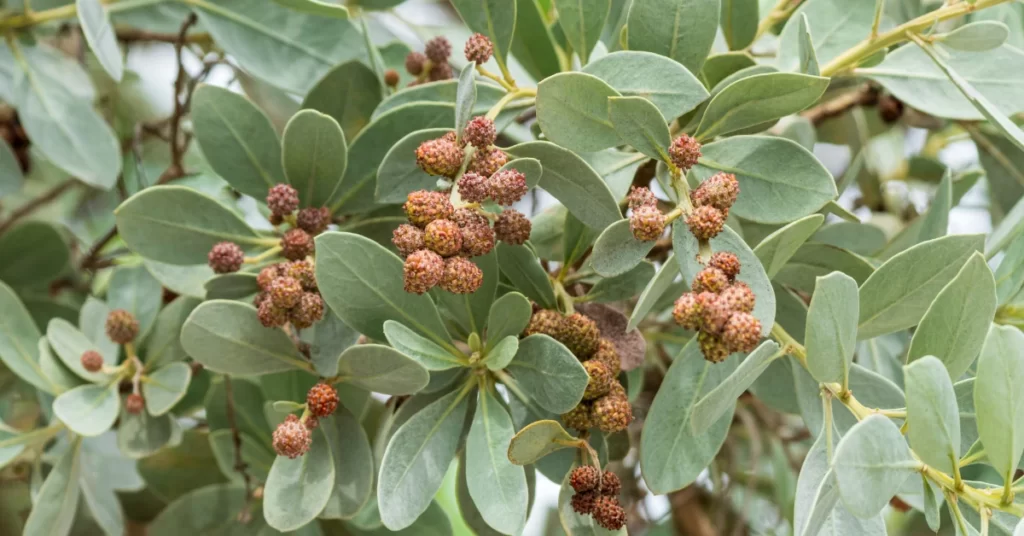
Yellowing Leaves:
This can indicate overwatering, poor drainage, or insufficient iron. Check soil drainage and watering habits. Apply iron supplement if soil is too alkaline.
Root Rot:
Improve drainage and avoid overwatering. Space plants appropriately to allow air movement. Remove diseased roots and treat soil with fungicide drench.
Pest Problems:
Identify the pest then use appropriate organic pest control methods. Improve plant vigor and prune off affected branches. Attract beneficial insects like ladybugs.
Conclusion
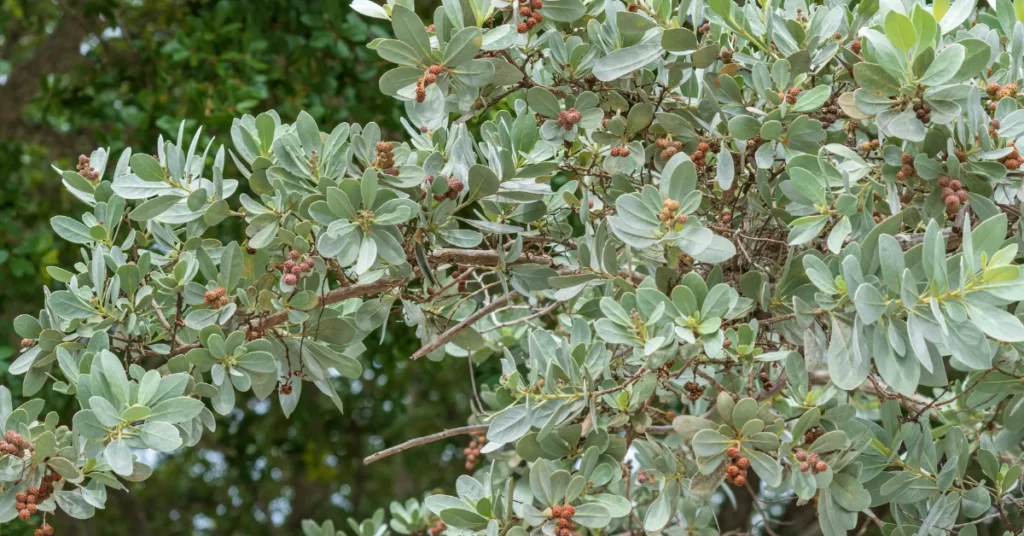
With its graceful silvery foliage and sculptural form, Conocarpus makes a distinctive addition to warm climate gardens. A little attention to its preferred growing conditions makes this carefree plant easy to cultivate.
Start with high quality nursery plants, choose an appropriate sunny location, and provide adequate water and drainage. Routine pruning, fertilization, and pest monitoring keeps Conocarpus looking its best.
In no time at all, you can enjoy the unique beauty Conocarpus lends to landscapes.
Frequently Asked Questions
What are the different varieties of Conocarpus?
The most common are green buttonwood (Conocarpus erectus), silver buttonwood (Conocarpus erectus sericeus) and dwarf silver buttonwood (Conocarpus erectus var. sericeus).
How fast does Conocarpus grow?
Conocarpus is a fast grower, often putting on 3-6 feet of growth per year once established. It reaches up to 40 feet tall at maturity.
Should I prune my Conocarpus plant?
Prune lightly in spring to shape as desired once planted. Avoid heavy pruning which can damage its form. Trim off frost damaged branches in winter if needed.
What are the best uses for Conocarpus plants?
Conocarpus makes an excellent screening hedge, windbreak, backdrop planting, and erosion control. It also works well in containers.
How do I propagate Conocarpus from cuttings?
Take 6 inch cuttings from new growth in spring. Dip the cut end in rooting hormone and plant in potting mix. Keep the cutting humid until roots form.

1 thought on “How to Grow Conocarpus Plant: Care Guide for Buttonwood”